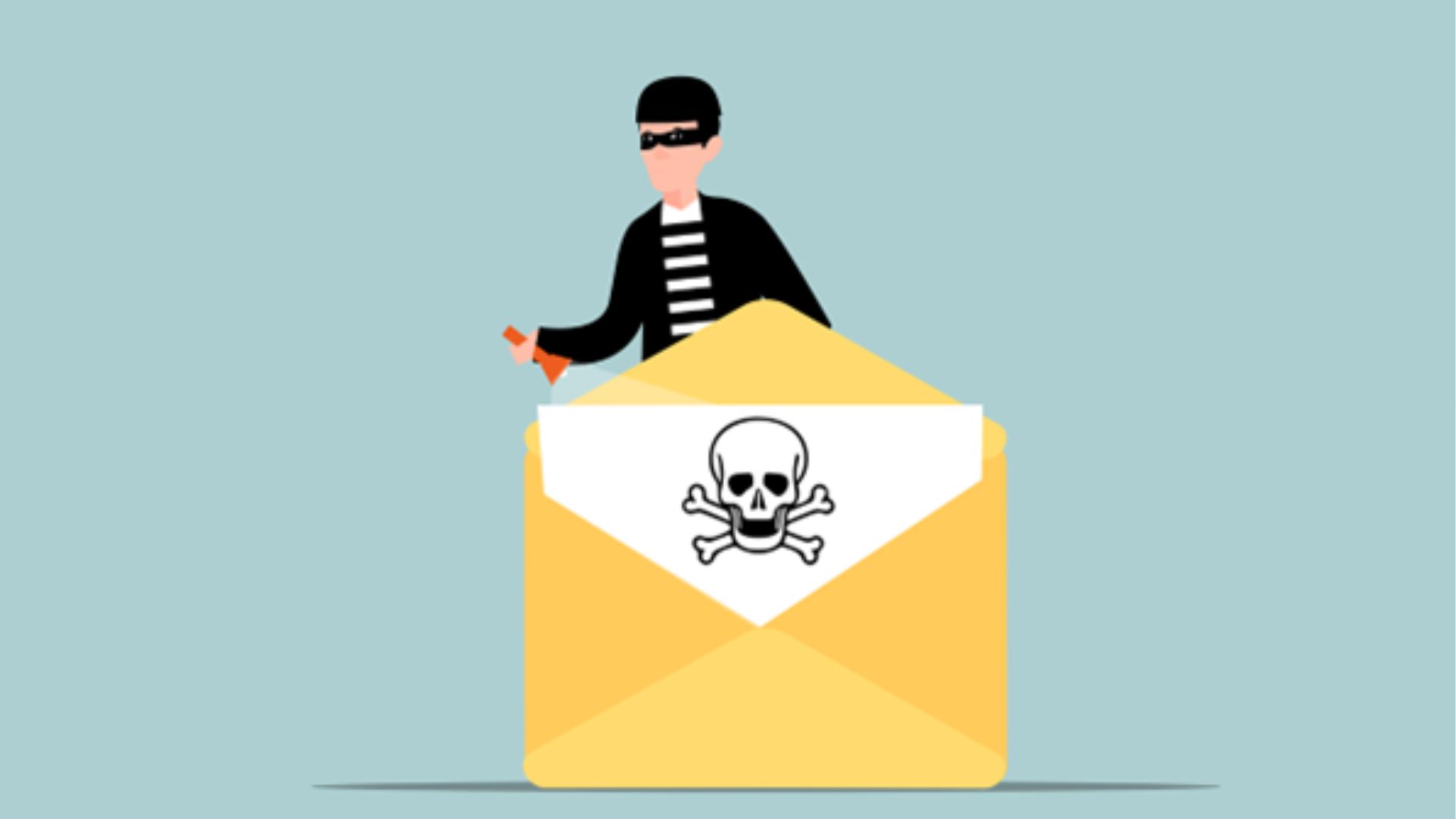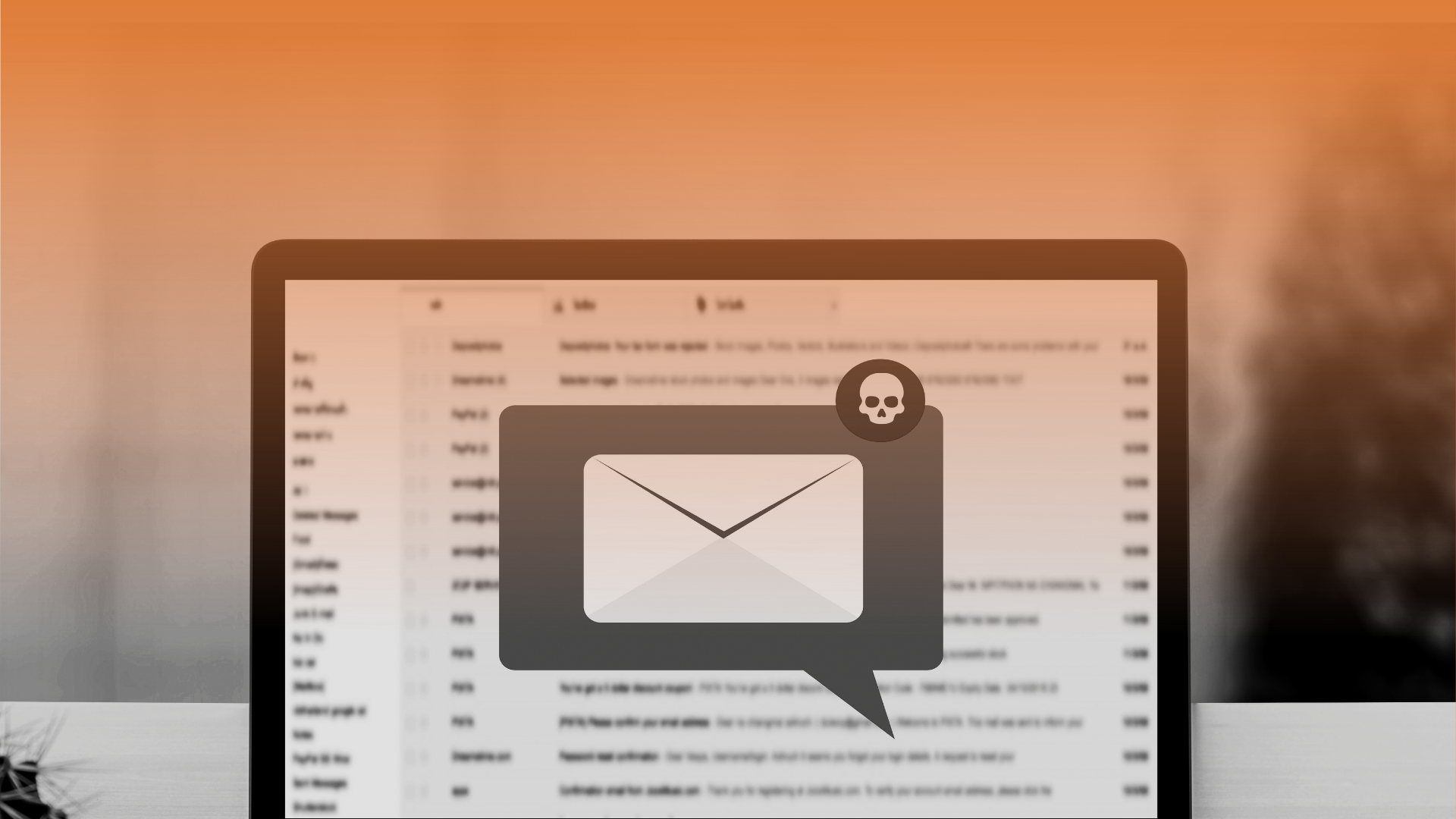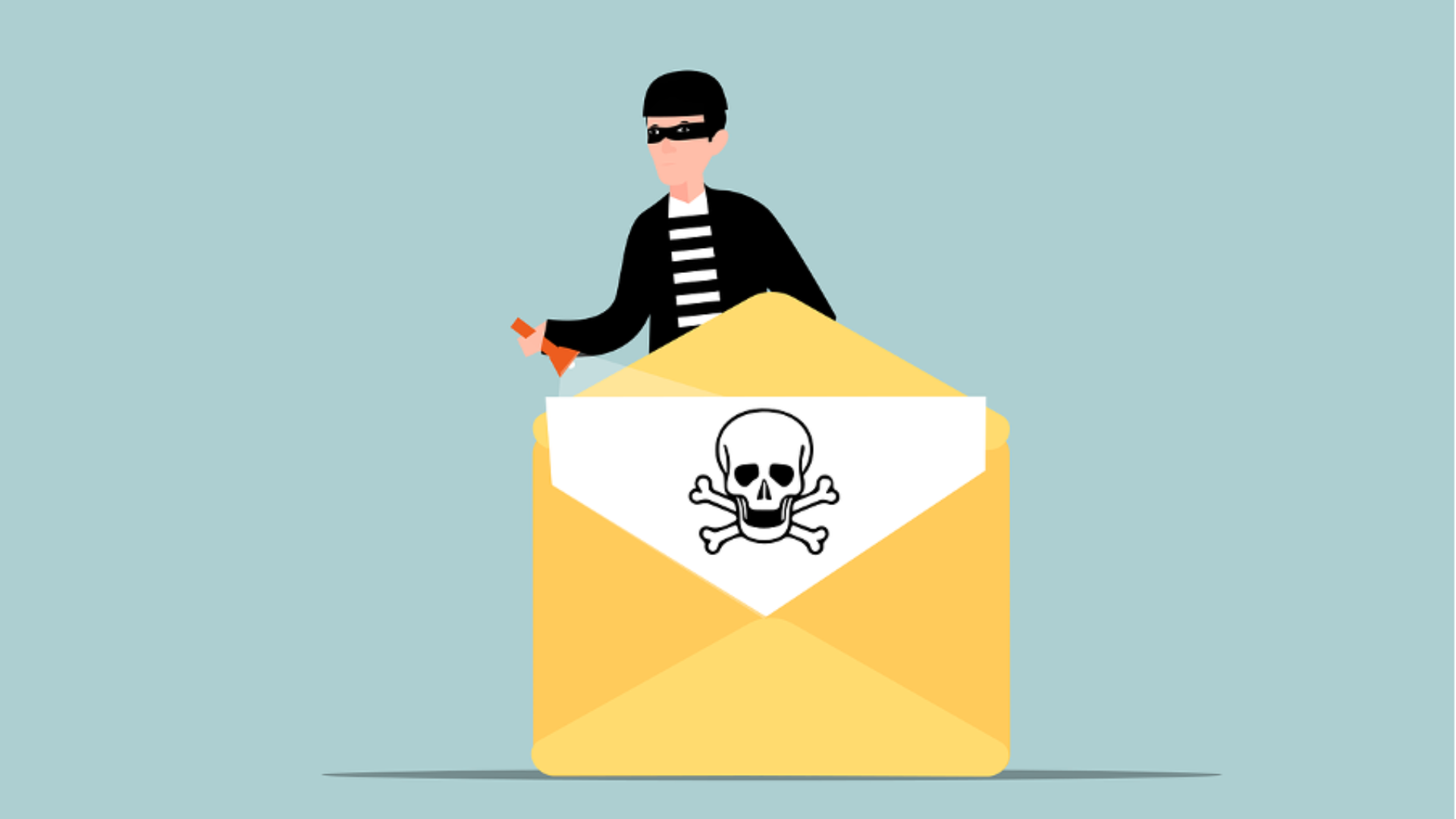Google & Yahoo's New DMARC Policy Shows Why Businesses Need Email Authentication... Now
Have you been hearing more about email authentication lately? There is a reason for that. It’s the prevalence of phishing as a major security threat.
We were reviewing some reports from our customer relationship management platform and the question came up, is Outlook more secure than Gmail? It’s an excellent question!
To understand email security, we first need to discuss the email applications available. In a nutshell, there are three types of email applications. There are desktop applications, browser applications, and mobile applications. I’ll go over each of those and then dig into which application is most secure.
There are two desktop applications that I will compare: Microsoft Outlook and Mozilla Thunderbird.
Microsoft Outlook is, hands down, the most common desktop email application. It has a familiar interface and it has dominated the business landscape for over 20 years. In addition to email, it has solid calendar, task, and contact interfaces. The biggest drawback is that Outlook isn’t free.
For customers that don’t want to pay for an email client, we most frequently see Mozilla Thunderbird. While Windows does have a built-in mail application, Mozilla Thunderbird is a stronger option. In addition to being free, it is a phenomenal tool for managing email from multiple accounts.
Gmail is the dominant force in browser email applications. One of the most dynamic features of Gmail is that messages can have multiple “labels”. This is a unique organizational tool that is unique to Gmail. The calendar and contacts integrations are dynamic, as well.
If you have Outlook on your desktop, you can also use Outlook Web Access in the browser. You can do about 90% in OWA that you can do in the desktop application. For users familiar with Gmail, OWA is a great substitute for Outlook. Alternatively, if your corporate email isn’t hosted by Microsoft, you can set up an Outlook.com email and that interface works exactly the same way as Outlook Web Access.
The vast majority of email is read from a mobile device. iOS and Android have built-in mail clients. Outlook and Gmail also have mobile applications. Personally, I prefer the Outlook and Gmail applications over Apple mail. However, given that nearly 40% of email is read in Apple Mail, I am the exception and not the rule.
Honestly, the answer is that all of these email applications can be secure, just like they can be vulnerable. It is less important how you check your email than it is how you protect your email. Here are my top 4 tips:
Do you have a question you’d like answered? Submit your question here or comment below and we will answer it in our next post.

Have you been hearing more about email authentication lately? There is a reason for that. It’s the prevalence of phishing as a major security threat.

You’re running your business, and your day starts like any other. You check your email and find an urgent request from a key client. It has their...

Email is a super important way to stay connected—whether for work or just chatting with friends. But it’s also a favorite target for cybercriminals....